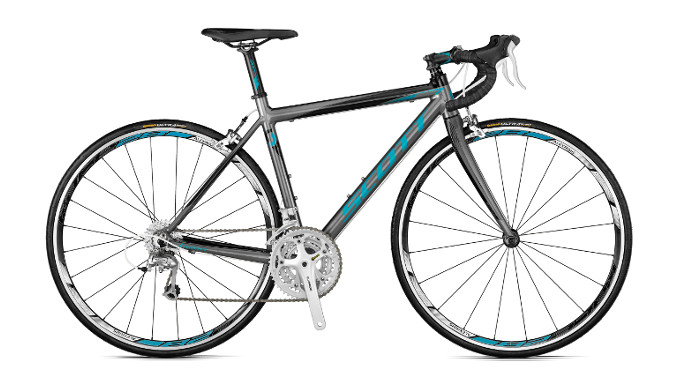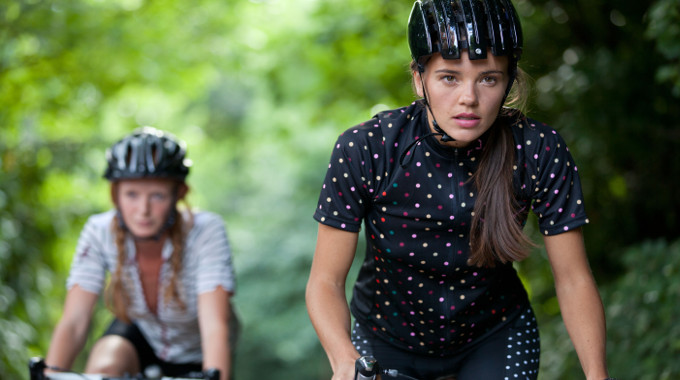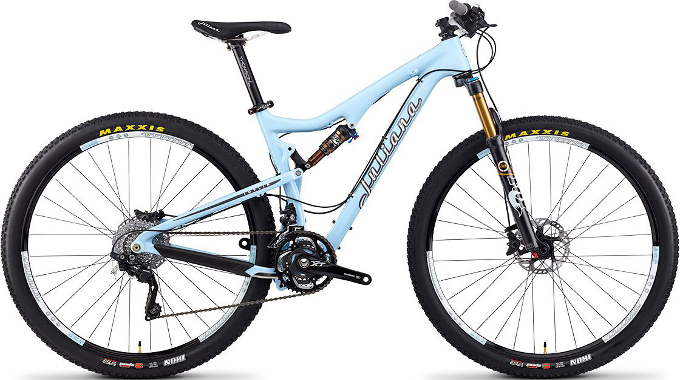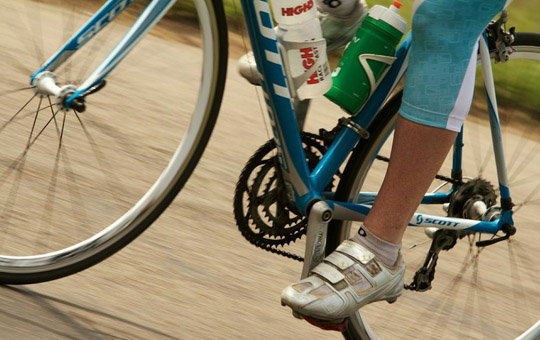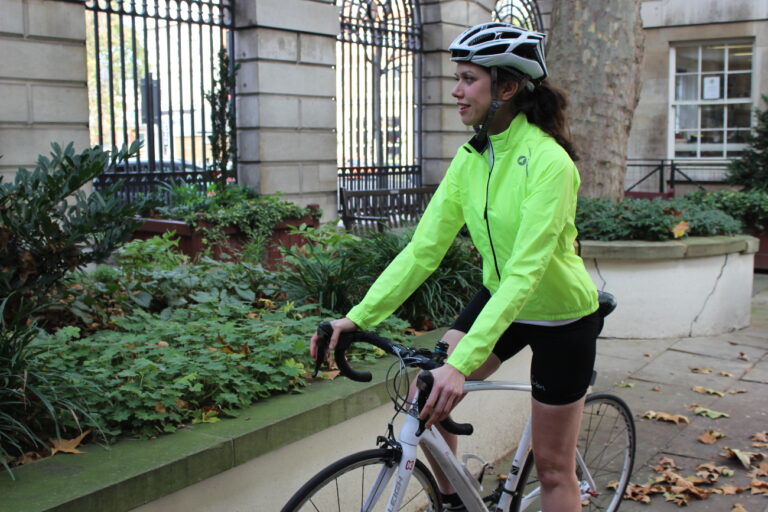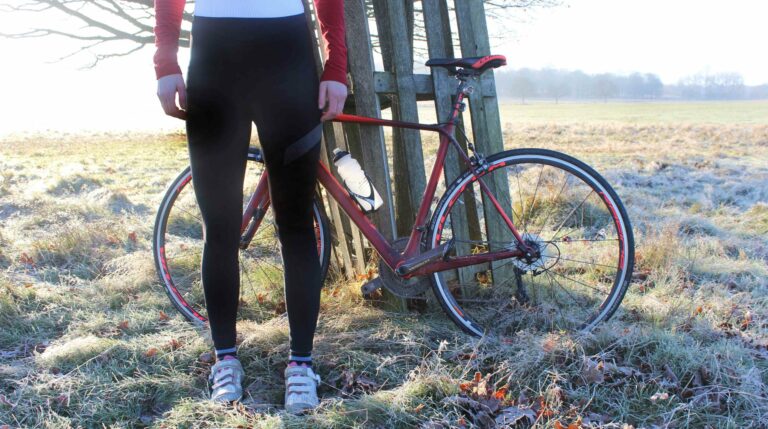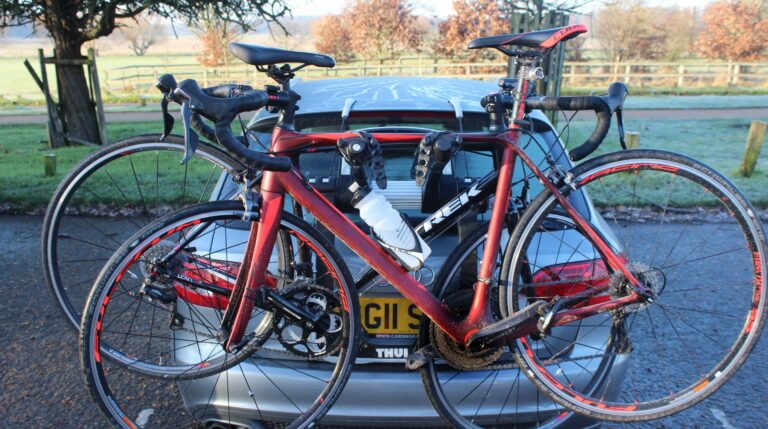The Rise of the Women’s Specific Bike Shop
There’s an ever increasing number of cyclists on the road, and there’s a growing amount of cycling kit, clothes, bicycles and accessories available to fulfill their every cycling need.
Most of the differences between men’s and women’s cycling kit is based on differences in body shape and anatomy, with the general assumption in simple terms that women are on average shorter and less broad than men. As with any generalisation, there are exceptions, which means for example that a shorter man might actually find a ‘women’s specific’ bike fits better as they often go down to smaller sizes than ‘unisex’ models. We’ve broken down the main differences between clothes and bicycles designed for men and women.
With all of the following, don’t forget different brands will have their own approach too. It’s a bit like shopping for jeans; you’ll probably find a brand or a couple of brands whose fit really suits you, and others that don’t at all.
Don’t be ruled by the labels. Ultimately, it’s what fits you best and you find most comfortable that is the right choice.

